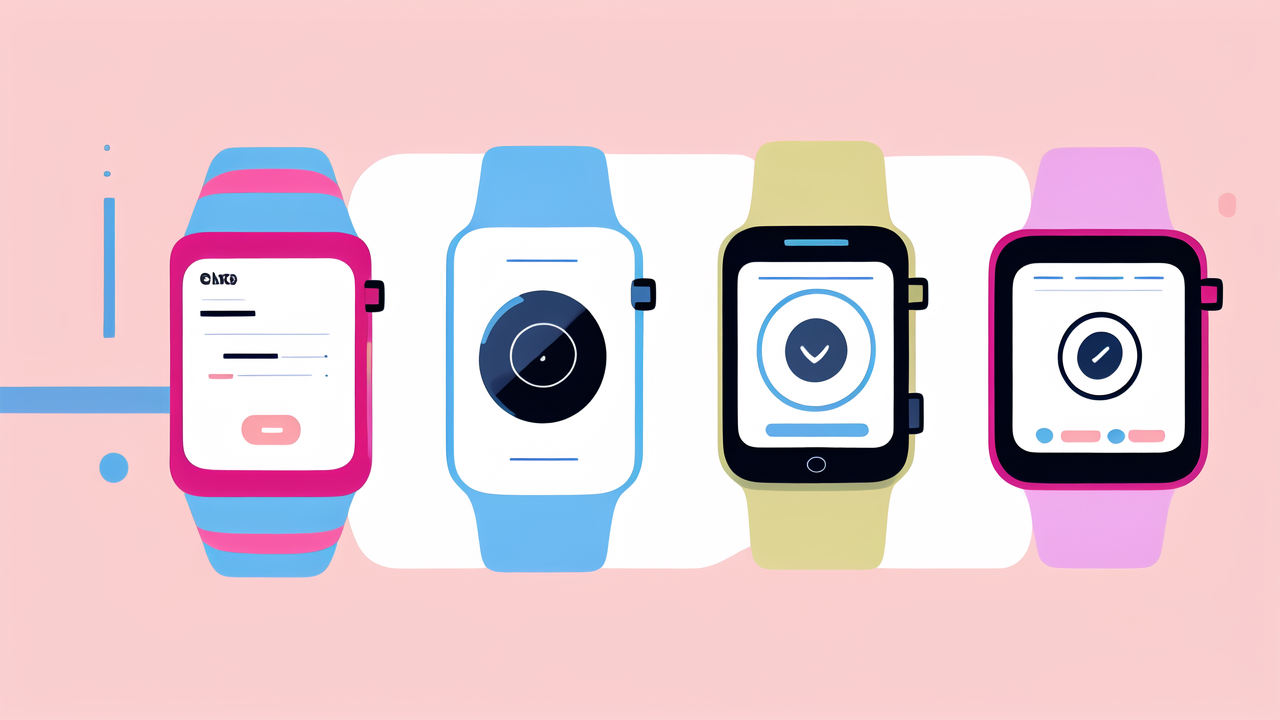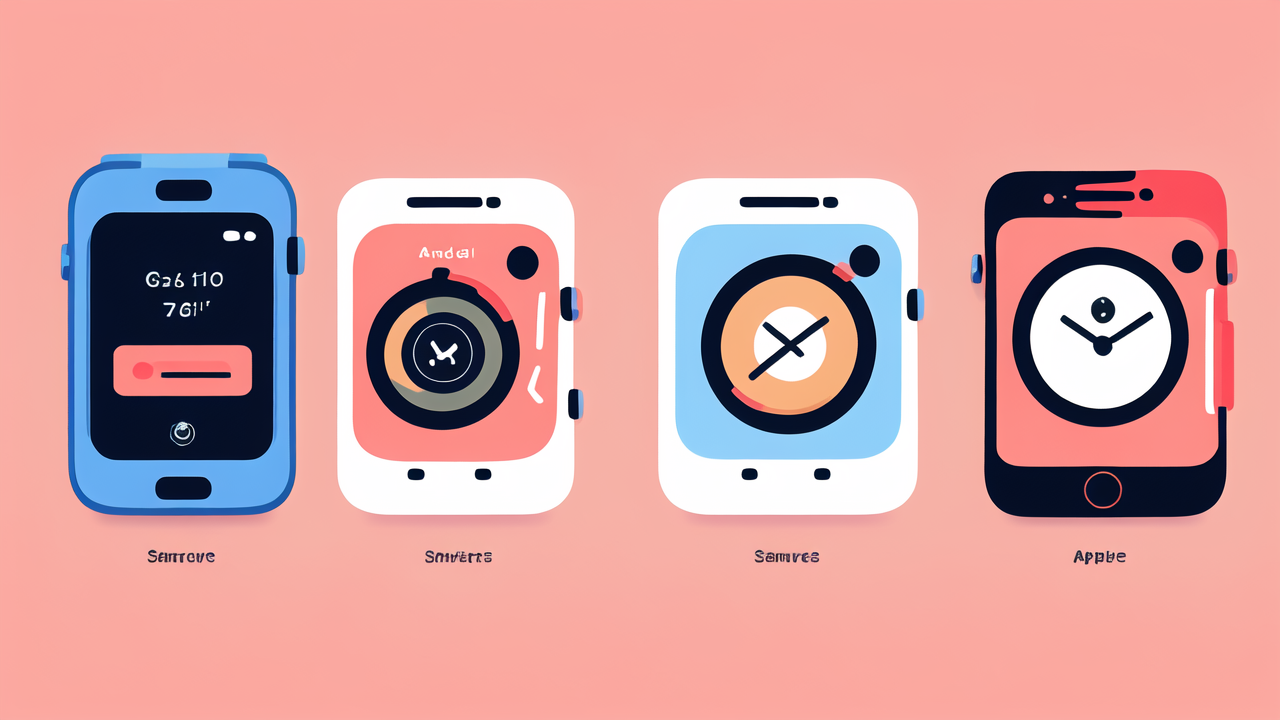The Evolution of Wearable Technology in the United States
The Origins of Wearable Fitness Devices
Wearable fitness devices have come a long way since their inception. The journey began with simple pedometers in the 1960s. These devices counted steps and nothing more. As technology advanced, so did these gadgets. In the 1980s, heart rate monitors emerged. They gave athletes more data to work with. The real breakthrough came in the early 2000s. Companies like Fitbit and Jawbone introduced smart bands. These devices could track steps, calories, and sleep patterns. They marked the start of a new era in personal health tracking.

Breakthroughs in Wearable Tech: From Fitness Trackers to Smart Bands
The leap from basic fitness trackers to smart bands was significant. Early trackers focused solely on step counting and calorie burn. Smart bands, however, offered a wider range of features. They could monitor heart rate continuously. They tracked sleep cycles and quality. Some even offered GPS tracking for runners and cyclists. The introduction of smartphone connectivity was a game-changer. It allowed users to receive notifications and control music on their wrists. This evolution turned smart bands into mini-computers for our wrists.
Understanding the Multifunctional Capabilities of Modern Wearables
Today's smart bands are marvels of technology. They go beyond simple fitness tracking. Many can measure blood oxygen levels and stress levels. Some can even detect irregular heart rhythms. These devices now offer features once reserved for smartphones. They can display messages, make calls, and control smart home devices. Many smart bands now include NFC for contactless payments. Some even offer voice assistant integration. The line between smart bands and smartwatches is blurring. Users can now enjoy advanced features in compact, affordable devices.
How Smart Bands Are Reshaping Consumer Electronics Markets
The Impact of Smart Bands on the Watchmaking Industry
Smart bands have disrupted the traditional watch market. Many consumers now prefer smart bands over analog watches. This shift has forced watchmakers to adapt. Some have partnered with tech companies to create hybrid watches. Others have launched their own smart bands. Luxury brands are feeling the pressure too. They're now offering smartwatches to stay relevant. The rise of smart bands has changed how we view wristwear. It's no longer just about telling time. It's about staying connected and tracking health.

The Role of Smart Bands in the Wearable Tech Ecosystem
Smart bands play a crucial role in the wearable tech ecosystem. They serve as an entry point for many consumers. Smart bands are often more affordable than smartwatches. This makes them accessible to a wider audience. They also offer a simpler user experience. This appeals to those who find smartwatches overwhelming. Smart bands integrate well with other devices. They can sync with smartphones, smart scales, and fitness apps. This creates a seamless health and fitness tracking experience. As IoT grows, smart bands will likely become even more connected.
Market Trends: The Rise of Smart Bands Over Traditional Watches
The market for smart bands is booming. Sales have consistently outpaced traditional watches in recent years. Several factors contribute to this trend. Smart bands offer more functionality at a lower price point. They appeal to health-conscious consumers. Many prefer the sleek, minimalist design of smart bands. The COVID-19 pandemic has accelerated this trend. More people are focusing on health tracking. Smart bands provide an easy way to monitor vital signs. As technology improves, smart bands are becoming even more attractive. They now offer features once exclusive to high-end smartwatches.
Advancing Smart Bands: Integration with Lifestyle and Health Systems
Integrating Smart Bands with Health and Wellness Apps
Smart bands are becoming key tools in personal health management. They integrate seamlessly with various health and wellness apps. Users can track their fitness progress over time. Many apps offer personalized workout plans based on smart band data. Nutrition apps can use activity data to adjust calorie recommendations. Sleep tracking apps can provide insights for better rest. Some smart bands even connect with meditation apps for stress management. This integration creates a holistic approach to health and wellness. It empowers users to take control of their well-being.

The Future of Wearable Technology in Healthcare and Research
The potential of smart bands in healthcare is immense. Many medical professionals now use smart band data in patient care. These devices can provide continuous monitoring of vital signs. This is especially useful for patients with chronic conditions. Researchers are exploring new ways to use smart band data. They're developing algorithms to detect health issues early. Some studies use smart bands to track symptoms in clinical trials. In the future, smart bands might help diagnose conditions like sleep apnea or atrial fibrillation. They could revolutionize preventive healthcare and medical research.
Collaboration Opportunities: Smart Bands and Lifestyle Brands
Smart bands are attracting attention from lifestyle brands. Many see opportunities for collaboration. Fashion brands are creating stylish bands and accessories. This makes smart bands more appealing to fashion-conscious consumers. Fitness brands are partnering with tech companies to create specialized devices. These cater to specific sports or activities. Some luxury brands are entering the smart band market. They're offering high-end devices with premium materials. These collaborations are making smart bands more diverse and attractive. They're helping to expand the market and reach new consumer segments.




Leave a comment
This site is protected by hCaptcha and the hCaptcha Privacy Policy and Terms of Service apply.